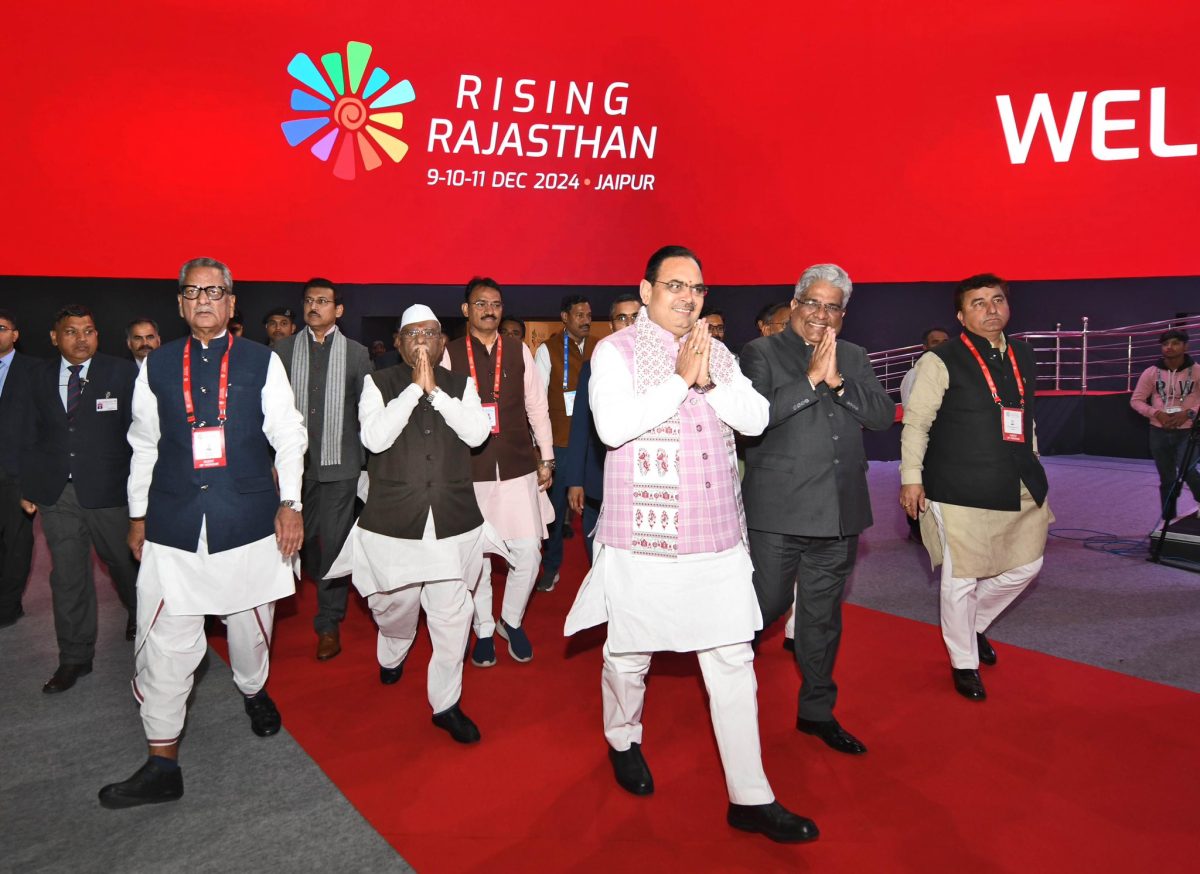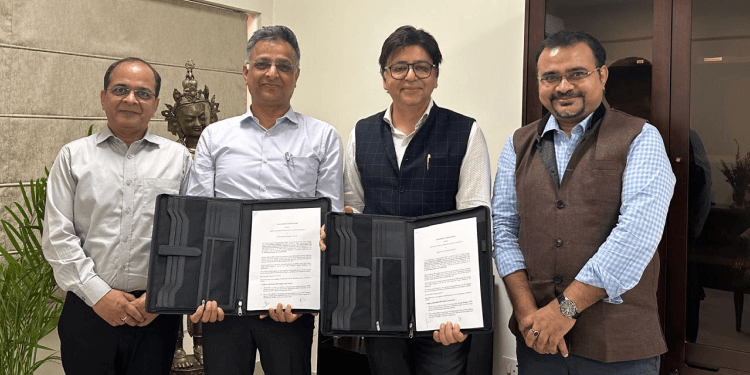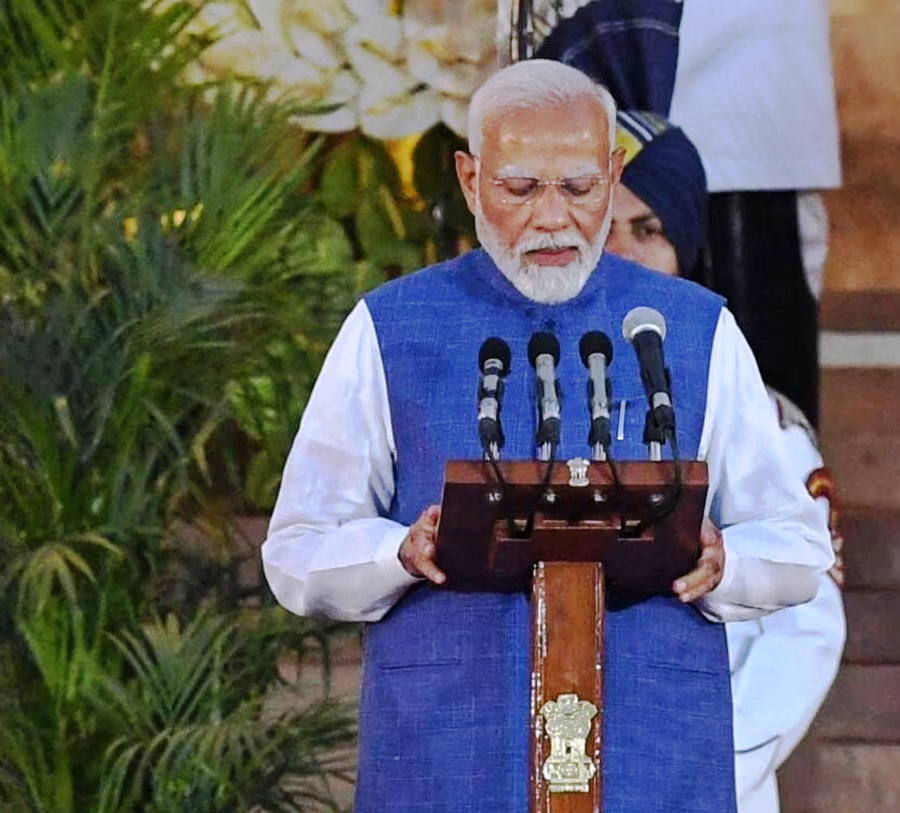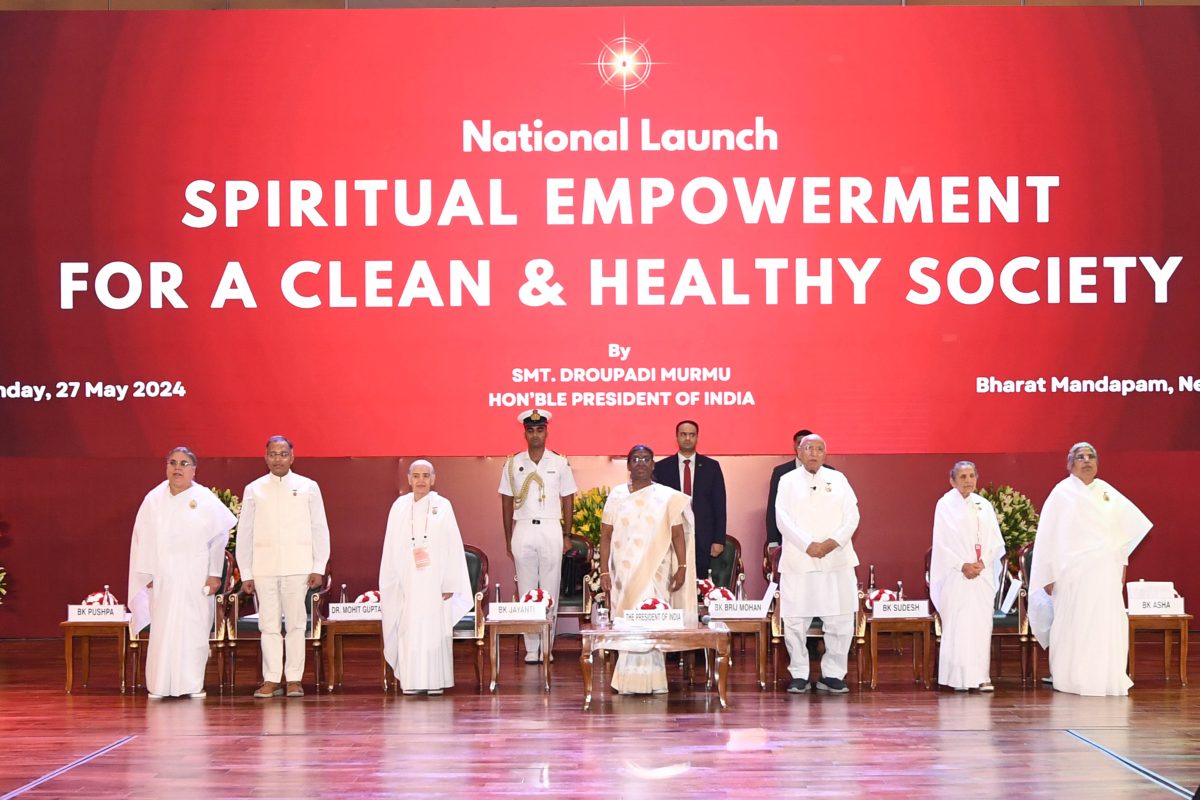Creative Economy Needs A New Deal

Creative Economy Needs A New Deal
The Indian economy for some time now has been touted as the Pro- Growth model notwithstanding its demography, democracy and demand problem that make confusion more confounded. The country’s New Age Economy is all about selling more things to more people, more often for more money and more efficiently.
Somewhere in this number game the Creative Economy (CE) has not only been marginalized but ignored by successive governments at their own peril. Put in a nutshell, arts and crafts the two major component of a CE not only creates employment in the unorganised rural sector but need less finances and technological backup. What is more, it uses local resources and knowledge to create a value chain.
From time immemorial the traditional knowledge is handed down from father to son that not only led to skilling the coming generations but also generated incomes for the artisans and wage employability for others. But slowly and surely the government’s apathy and lip service by the leaders led to gross neglect of the CE. Sawai Madhopur the town founded by Maharaja Sawai Madho Singhji-I of Jaipur today is known more for its Ranthambore Wild life Sanctuary than its CE that at one time was much sought after by the Mughal Emperors and Maharajas all over the country.
The Vitveria, more popularly known as “Khus”, was grown on the banks of river Banaas. The “Balu Mitti” or the sand of the river bed was particularly conducive to Khus from which was derived “Ittar” that once made , lent its fragrance to courts in Arab world and as far as Iran.
The Ketki plant found in Ranthambore fort grows only one flower which is cooked in sandalwood oil. Time was when a few hundred men were employed in the Ittar industry but today the men can be counted on fingertips. Also its prohibitive cost – Rs 30,000 per kg has led to the dwindling size of this heritage industry. Only a handful of artisans handcraft tiger grass to make boxes of all shapes and sizes. Once the most proud possession of royalty and who’s who, today they are all but confined to annals of cultural history. The Trinetra Ganesha temple in the fort is the most favoured destination after the sanctuary but the tourist influx has done little for Sawai Madhopur’s cottage industry.
Once famous for its shawl or “Pomcha” in Bhandej there is a small number still earning by the tie and dye craft. Till about thirty years ago, there were about 5 “Paadas” or mohallas that housed the craft women. ‘Rai, Sarson, Masoor, Channa Dal aur Moong were names given to different size of knots tied.’ It takes about two to three days to do a Pomcha and they are paid as little as Rs 16 per piece. Rural economies face a resource crunch. If the difficulties of connecting the rural entrepreneurs to the mass market are eliminated there is no reason for the CE to be singing its swan song. If one woman per household becomes a wealth creator in India it is estimated that the nation’s GDP will double in 5 years.
For a district known for its artefacts Sawai Madhopur has had a dismal run. The once famous wooden toys and kitchenware that were both eco-friendly and economical have all but vanished from the market. The durries and carpets too face a demand slump. There are some master craftsmen that have travelled the country to showcase their product. Majority of the people engaged in the CE highlighted their inability to access national and international markets.
The development of an entire eco-system of CE will not only lead to investment and design development but will also benefit the local craft communities.Under the Rural Buisness Hub Scheme the thrust should be towards integrated development of Sawai Madhopur’s CE. Promoting rural livelihoods will also stem the tsunami of both floating and migratory population . A critical issue faced by entire urban India.
If Sawai Madhopur can get its act together by creating a genuine connect between the tourist and their anthropological need for souvenirs to the local economy and its culture, it will not only promote green consumerism on one hand but on the other will create an green ecosystem . The social, economic, cultural and environmental dividend for Sawai Madhopur’s human capital can hardly be exaggerated!





